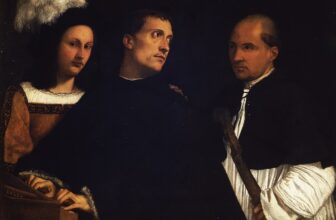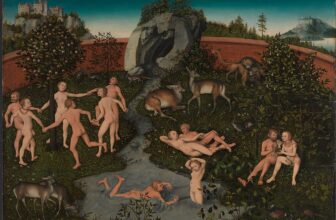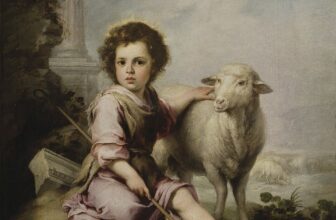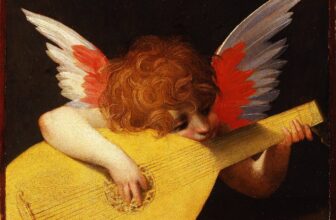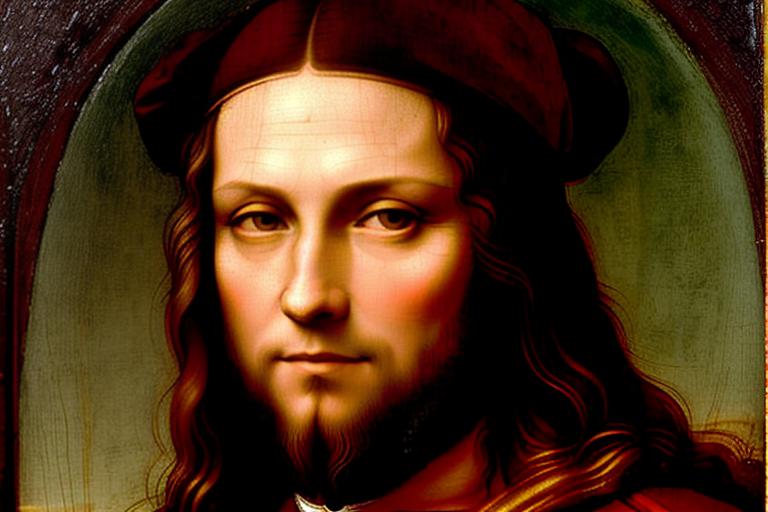
How did Leonardo da Vinci impact the Renaissance?
Leonardo da Vinci is often hailed as the quintessential Renaissance man, embodying the spirit of innovation, curiosity, and creativity that defined the era. His profound impact on the Renaissance was multifaceted, influencing art, science, engineering, anatomy, and beyond. This article delves into how Leonardo da Vinci shaped the Renaissance and left a legacy that continues to inspire humanity.
A Polymath Ahead of His Time
Leonardo da Vinci (1452–1519) was born in Vinci, a small town in Italy. From an early age, he exhibited an insatiable curiosity about the natural world and a remarkable talent for art. As a polymath, Leonardo’s interests spanned diverse fields, and he approached each with a rigorous scientific method. His multidisciplinary expertise exemplified the Renaissance ideal of merging art and science to explore human potential and the universe.
Revolutionizing Art
Leonardo’s artistic contributions were revolutionary. His meticulous techniques, use of perspective, and mastery of light and shadow elevated Renaissance art to new heights.
- The Mona Lisa: One of Leonardo’s most celebrated works, the Mona Lisa, is a masterpiece of portraiture. Its enigmatic smile and intricate sfumato technique—a method of blending colors and tones—captured a lifelike quality previously unseen in painting.
- The Last Supper: This mural painting is a triumph of composition and emotional expression. Leonardo’s innovative approach to perspective and his portrayal of human emotion make it a cornerstone of Western art.
- Anatomical Studies in Art: Leonardo’s anatomical sketches were groundbreaking. By dissecting human cadavers, he gained a deep understanding of the human form, which he translated into art. His studies bridged the gap between science and art, ensuring greater realism in his depictions of the human body.
Advancing Scientific Understanding
Leonardo’s scientific inquiries were groundbreaking, laying the groundwork for modern disciplines.
- Anatomy: Leonardo’s anatomical drawings, such as the Vitruvian Man, combined art with precise scientific observation. He meticulously documented muscles, bones, and organs, providing insights that were centuries ahead of his time.
- Engineering and Inventions: Leonardo designed innovative machines, from flying devices to war machines. His sketches of helicopters, tanks, and hydraulic systems demonstrate his visionary thinking. Although many of his inventions remained unrealized during his lifetime, they foreshadowed modern engineering marvels.
- Hydraulics and Hydrodynamics: Leonardo’s studies of water flow and his designs for canals and water systems were pioneering. His understanding of fluid dynamics was instrumental in advancing engineering and environmental science.
Transforming the Renaissance Worldview
Leonardo’s work challenged established norms and encouraged others to question and explore. His approach to integrating observation, experimentation, and documentation became a model for scientific inquiry.
- Humanism and Individualism: Leonardo embodied the Renaissance humanist ideal, emphasizing the value of human experience and creativity. His works celebrated individuality and the potential of human intellect.
- Interdisciplinary Approach: By seamlessly blending art, science, and technology, Leonardo demonstrated that disciplines are interconnected. This holistic perspective influenced Renaissance thinkers and set the stage for future innovations.
Cultural Impact
Leonardo’s influence extended beyond his lifetime, shaping the cultural and intellectual landscape of Europe and beyond.
- Inspiring Artists and Scientists: Leonardo’s techniques and ideas inspired countless artists, including Raphael and Michelangelo. Scientists such as Galileo and Newton also benefited from his scientific methodologies.
- Legacy of Curiosity: Leonardo’s relentless curiosity and thirst for knowledge serve as a timeless reminder of the importance of lifelong learning and exploration.
- Preservation of Knowledge: His extensive notebooks, filled with drawings, ideas, and observations, have been invaluable resources for understanding Renaissance thought and innovation.
Challenges and Mysteries
Leonardo’s life and work were not without challenges. Many of his projects remained unfinished due to his perfectionism and the immense breadth of his interests. Additionally, his secretive nature and use of mirror writing have left some of his ideas shrouded in mystery.
Conclusion
Leonardo da Vinci’s impact on the Renaissance was profound and enduring. Through his groundbreaking art, scientific discoveries, and visionary ideas, he epitomized the spirit of the era. His legacy transcends time, continuing to inspire creativity, innovation, and the pursuit of knowledge. As a bridge between art and science, Leonardo da Vinci remains a symbol of what humanity can achieve when imagination and intellect converge.
